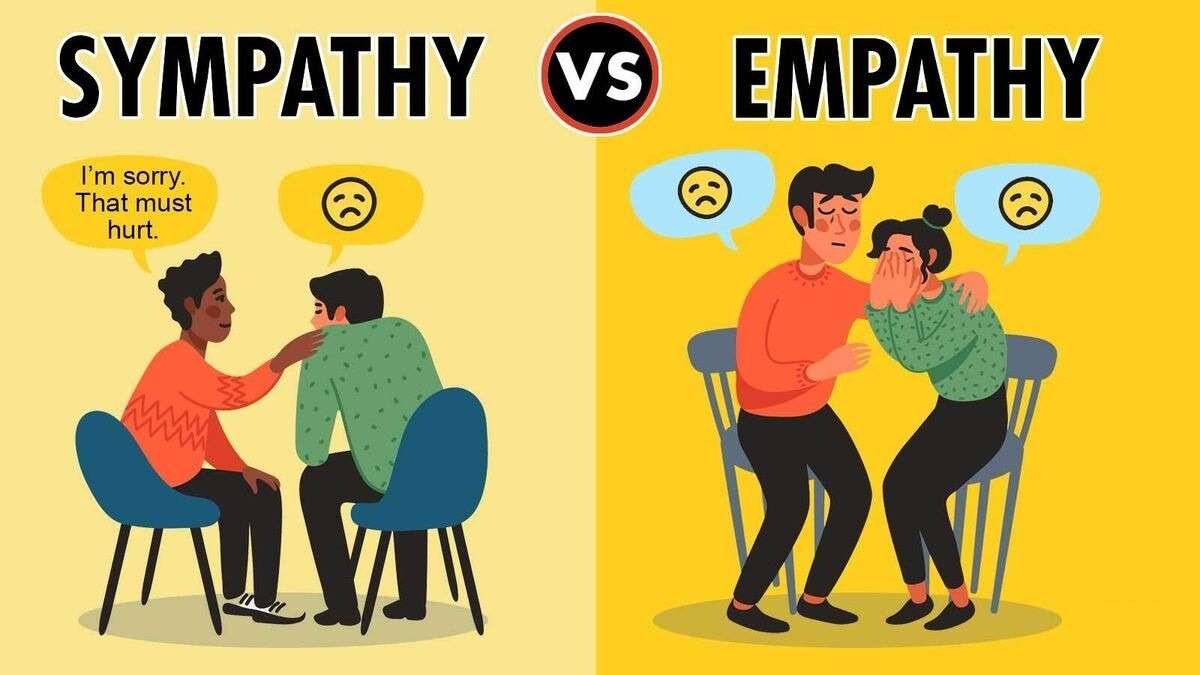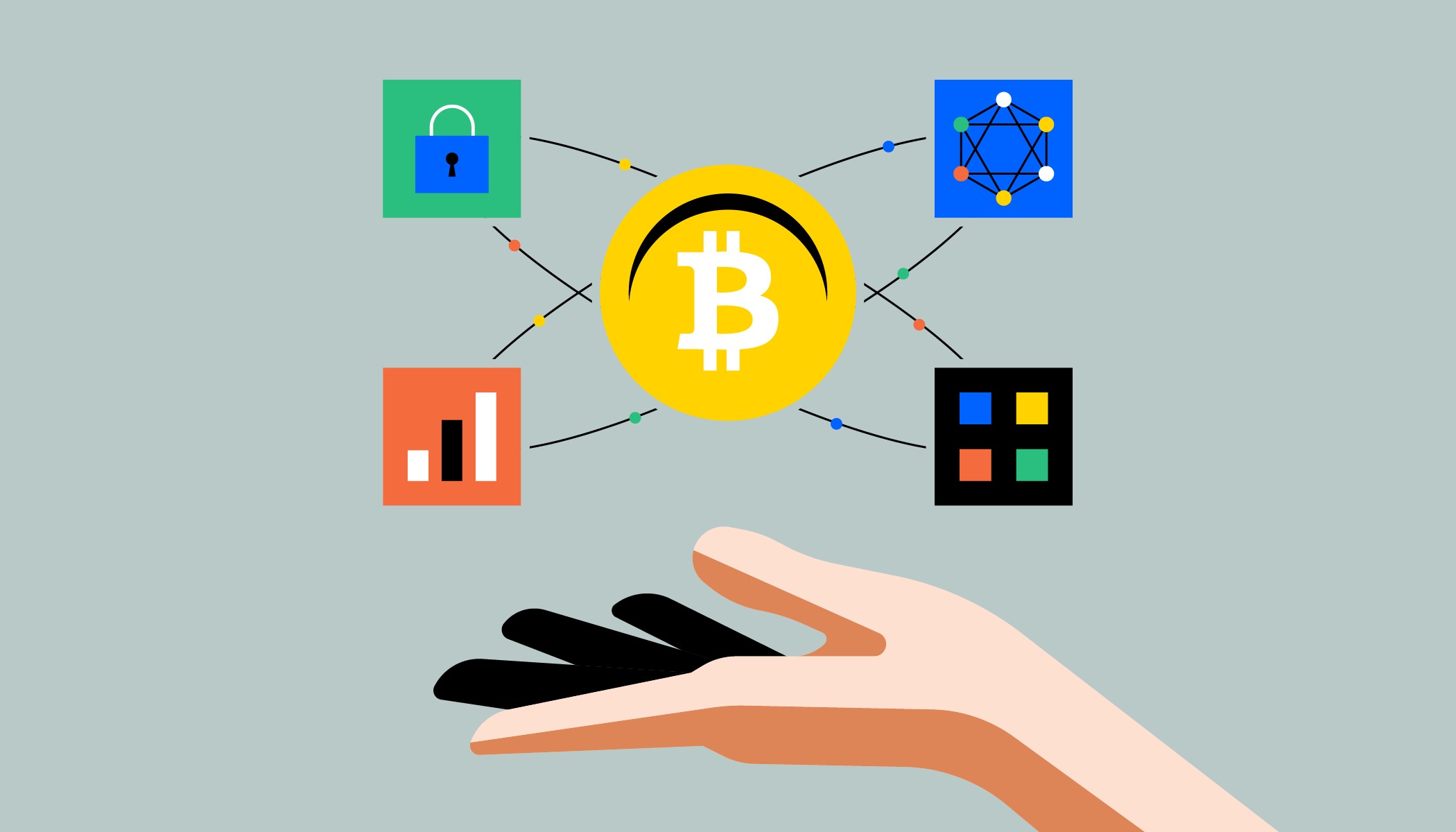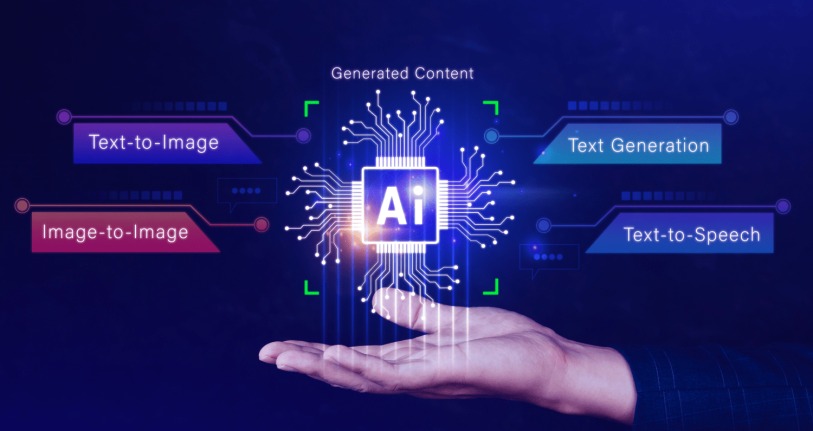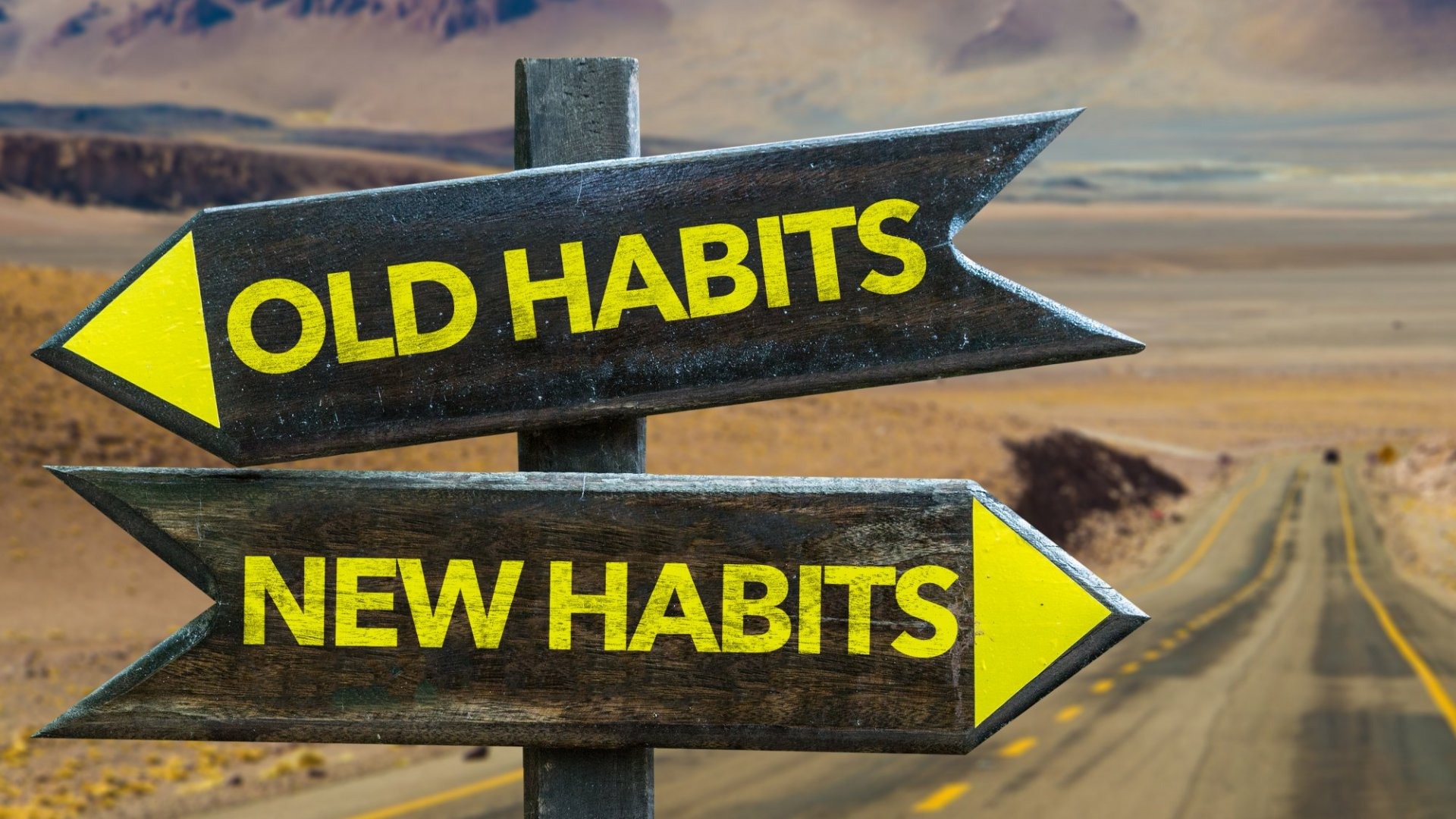The Problem: How Do We Communicate in a Crisis?
Back in the late 1950s and early 1960s, tensions between the United States and the Soviet Union were high. The Cold War had created a real concern: What would happen to military communications if traditional phone lines were destroyed in a nuclear attack?
In response to this fear, the U.S. Department of Defense created a research agency called ARPA (Advanced Research Projects Agency, later known as DARPA). Their goal? To figure out how to build a communication system that wouldn’t rely on a central point—something decentralized, more resilient.
Enter: packet switching.
The Key Breakthrough: Packet Switching
Before packet switching, communications worked like old-school telephone lines—you had to create a dedicated connection between two points. That worked for voice calls, but it wasn’t efficient for sending data.
Packet switching changed the game. Instead of sending one long stream of information, it broke data into small "packets" that traveled independently through a network. These packets could take different routes and reassemble at the destination, making the system faster and more reliable.
Think of it like mailing a book one page at a time, each in its own envelope. If one envelope gets delayed, the rest still arrives—and you can still read the whole story once you have all the pages.
This concept became the foundation of digital networking.
ARPANET: The Birth of the Internet
In 1969, the first major step toward the internet was born: ARPANET. This experimental network connected four computers across the U.S.—at UCLA, Stanford, UC Santa Barbara, and the University of Utah.
On October 29, 1969, the first message was sent from UCLA to Stanford. It was supposed to be the word “LOGIN.” Only the first two letters, “L” and “O,” made it before the system crashed.
Still, history had been made.
ARPANET grew quickly, connecting more universities and research institutions. It proved that packet-switched networks worked—and could scale.
From Research Tool to Global Network
Over the next decade, more networks popped up. But there was a problem: they didn’t all speak the same language. That made it hard to communicate between systems.
To fix this, engineers developed the TCP/IP protocol, which standardized how data was sent and received across networks. In 1983, ARPANET officially adopted TCP/IP, creating a common digital "language" that allowed different networks to join a single global system.
This was the moment the internet, as we know it, really began.
The World Wide Web Arrives
Even with a working internet in place, it wasn’t user-friendly. You needed to understand command-line tools and IP addresses. There were no browsers. No hyperlinks. No cute cat videos.
That changed in 1991 when Tim Berners-Lee, a British scientist working at CERN, introduced the World Wide Web. He developed three key components:
-
HTML (HyperText Markup Language) – to create pages
-
HTTP (HyperText Transfer Protocol) – to send them
-
URLs (Uniform Resource Locators) – to find them
With this, information could be easily published and accessed through browsers like Mosaic (1993), and later, Netscape and Internet Explorer. Suddenly, the internet became accessible to everyday users—not just scientists.
The Internet Goes Mainstream
By the mid-1990s, the internet was exploding. Schools, homes, and businesses began connecting through dial-up modems (remember that screeching sound?). Email, forums, and search engines like Yahoo! and AltaVista became part of everyday life.
A few years later came:
-
Broadband, which replaced dial-up with faster connections
-
Google, which transformed how we search (1998)
-
Social media, starting with MySpace and Facebook
-
Mobile internet, as smartphones brought the web to our pockets
The internet had gone from a defense project to a global communication platform in just a few decades.
Key Players and Moments in Internet History
Let’s highlight a few game-changers:
-
J.C.R. Licklider – One of the original visionaries who imagined a global interconnected network.
-
Vint Cerf and Bob Kahn – Co-creators of the TCP/IP protocol, known as the “fathers of the internet.”
-
Tim Berners-Lee – Creator of the World Wide Web.
-
The first email (1971) – Sent by Ray Tomlinson, who also used the “@” symbol for email addresses.
-
Commercial use (1990s) – The internet was opened to commercial traffic, sparking tech startups and online businesses.
Conclusion: From Cables to Cloud
The internet didn’t appear overnight. It grew out of military concerns, scientific curiosity, and a desire for better communication. What began as a four-node experiment now connects over 5 billion people worldwide.
Understanding its history gives us perspective—and a bit of awe. It shows what can happen when innovation is shared, open standards are used, and people work together across disciplines.
So the next time you tap into Wi-Fi or ask your smart speaker for the weather, remember: it all started with two letters—“LO”—on a crashed computer in 1969.
And from there, the world changed forever. 🌐










